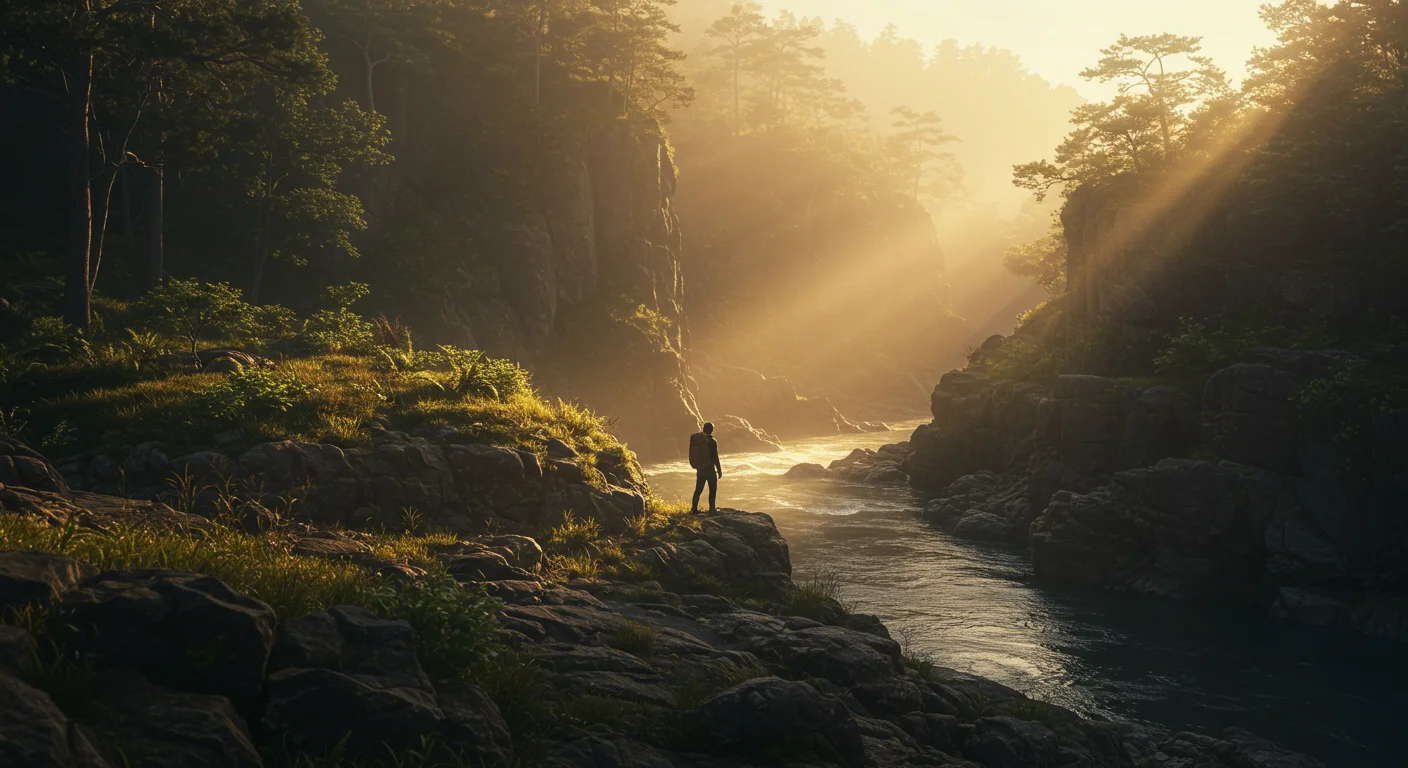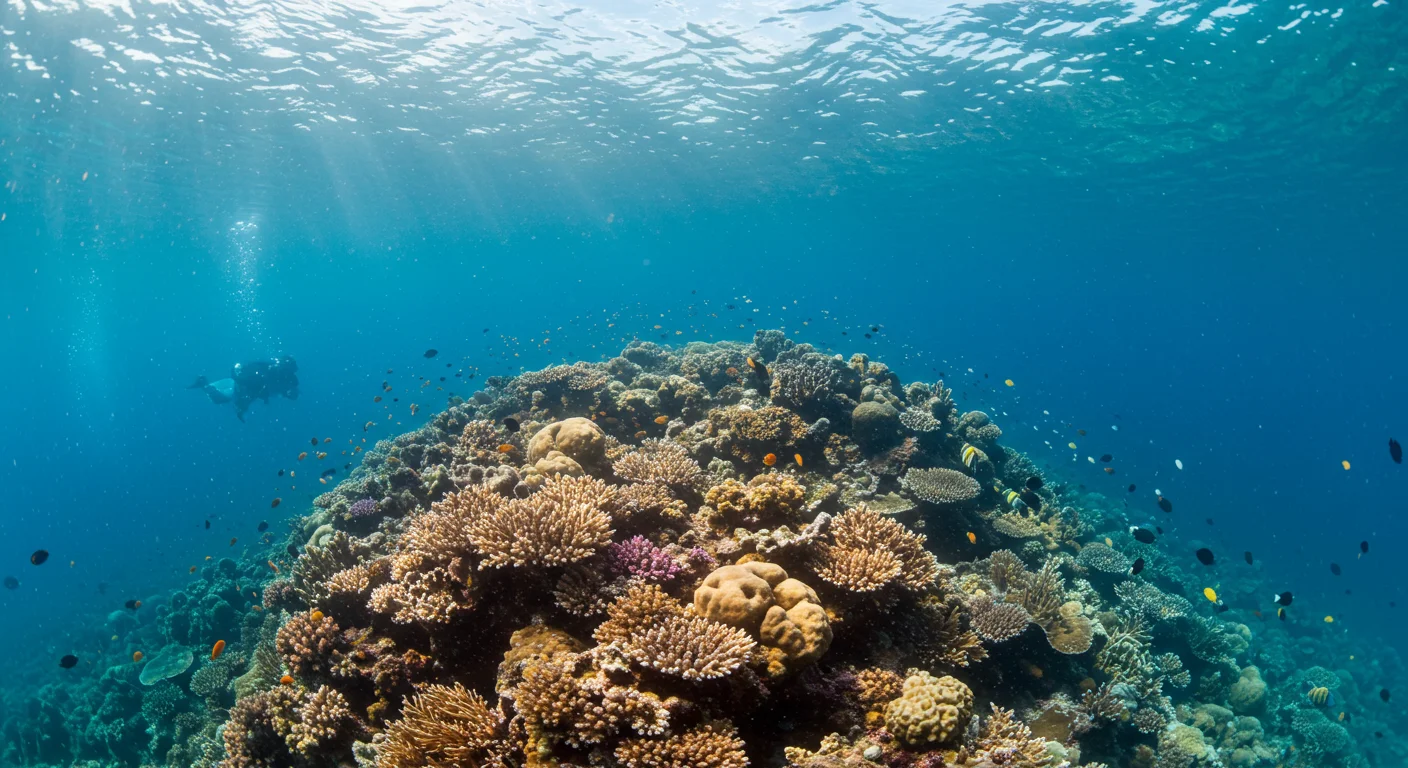How to train for high-altitude adventure trips is key to enjoying treks in places like mountains or plateaus. Imagine hiking to Everest Base Camp without feeling super tired. This guide shares simple ways to get ready for high places and have a fun trip.
Why Train for High-Altitude Trips?
High-altitude places, like mountains over 2,500 meters, have less oxygen, which can make you feel dizzy or tired. Training helps your body get used to these conditions so you can hike, climb, or explore without trouble. It’s like practicing for a big game.
Good training also makes your adventure more fun. You’ll enjoy views of snowy peaks or valleys instead of feeling out of breath. Whether you’re trekking in Peru or Nepal, preparing for high altitude keeps you strong and happy.
Understanding Altitude Challenges
At high altitudes, the air is thinner, so your body works harder to breathe. You might feel headaches, nausea, or sleepiness, called altitude sickness. Training helps your lungs and muscles handle this. Start preparing 2-3 months before your trip for the best results.
Some places, like Machu Picchu or Kilimanjaro, are super high, so getting ready is extra important. Knowing how to train for high-altitude adventure trips means you’ll be ready for these challenges.
Building Your Fitness
Getting fit is a big part of training. Walking or hiking for 30-60 minutes a few times a week builds strong legs. Try climbing stairs or hills to mimic mountain trails. Start with short walks and make them longer over time to get stronger.
Simple exercises like jumping jacks or running help your heart and lungs work better in thin air. You don’t need a gym—just move your body regularly. Fitness makes high-altitude adventures easier and more fun.
Cardio Exercises to Try
Cardio exercises are great for high-altitude training. Here are some easy ones:
- Walking: Go on long walks with a backpack to build stamina.
- Cycling: Ride a bike on hills to strengthen legs.
- Swimming: Works your whole body and boosts lung power.
- Jumping Rope: A fun way to improve heart health.
Do these 3-4 times a week to get ready.
Breathing and Altitude Training
Practicing breathing helps your body use oxygen better. Try deep breaths—breathe in slowly through your nose, hold for a few seconds, then breathe out through your mouth. Do this for 5-10 minutes daily to make your lungs stronger.
If possible, hike at higher places near home, like local hills, to get used to less oxygen. How to train for high-altitude adventure trips includes breathing exercises to help you feel great on your trek.
Strength Training for Tough Trails
Strong muscles help you carry a backpack or climb steep paths. Try these exercises:
- Squats: Build leg strength for uphill walks.
- Push-Ups: Strengthen arms for climbing or balance.
- Planks: Make your core strong to avoid falling.
- Lunges: Help with long steps on rocky trails.
Do these 2-3 times a week to feel powerful.
Eating Right for Energy
Eating healthy gives you energy for high-altitude trips. Choose foods like fruits, veggies, and whole grains, such as oatmeal or rice. These give you long-lasting energy. Protein, like chicken or beans, helps muscles recover after training.
Drink lots of water to stay hydrated, especially at high altitudes. Avoid sugary snacks—they make you crash. A good diet supports how to train for high-altitude adventure trips by keeping you strong.
Preparing for Altitude Sickness
Altitude sickness can make you feel yucky, but you can prepare:
- Practice slow breathing to get used to less oxygen.
- Rest often during training to mimic breaks on treks.
- Eat iron-rich foods like spinach to help oxygen flow.
- Learn signs of sickness, like headaches, to act fast.
These steps reduce problems so you enjoy your trip.
Planning Your Training Schedule
A schedule keeps you on track. Start 8-12 weeks before your trip. Week 1, walk 30 minutes three times. By week 6, hike for 2 hours with a backpack. Add cardio and strength exercises 2-3 times a week. Rest days help your body recover.
Test yourself with a long hike near the end of training. How to train for high-altitude adventure trips works best with a plan that builds strength slowly.
Safety Tips for High-Altitude Trips
Training prepares you, but safety on the trip matters too:
- Go slow on climbs to avoid getting too tired.
- Drink water often to stay hydrated.
- Tell your guide if you feel dizzy or sick.
- Bring a small first-aid kit for cuts or blisters.
These tips keep your adventure safe and fun.
Why Training Makes Adventures Better
Training lets you enjoy high-altitude trips without feeling worn out. You’ll hike farther, climb higher, and take amazing photos of places like Kilimanjaro or the Andes. Being fit means you can focus on the beauty instead of struggling to breathe.
Good training also builds confidence. You’ll feel ready to tackle big adventures and make memories. Plus, staying healthy helps you support local guides and communities on your trip.
Quick Summary: High-Altitude Training
Here’s a quick recap of how to train for high-altitude adventure trips:
- Start 2-3 months early with walks and hikes.
- Do cardio like cycling and breathing exercises.
- Build strength with squats and planks.
- Eat healthy foods and drink lots of water.
- Stay safe by going slow and watching for sickness.
Train smart and enjoy your high-altitude adventure!




